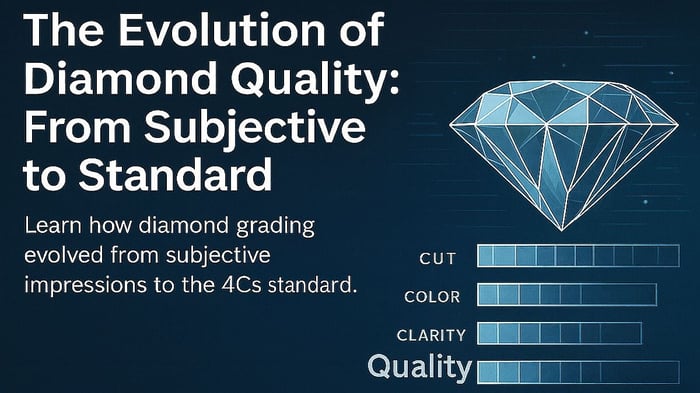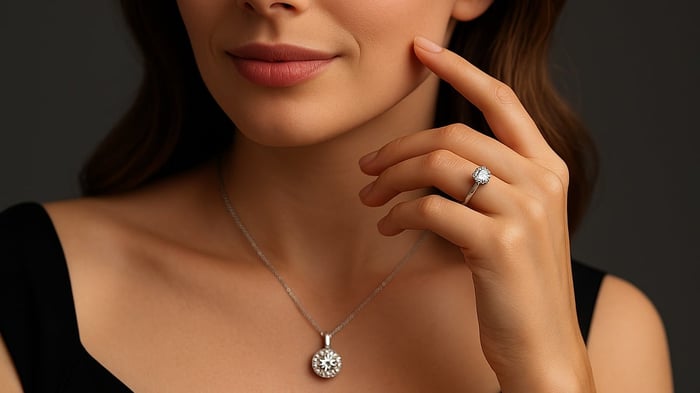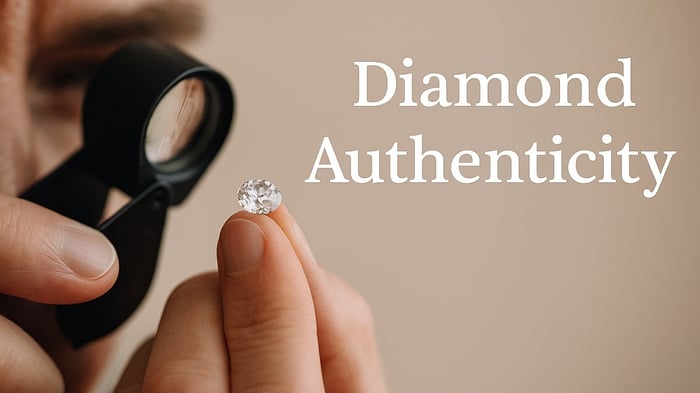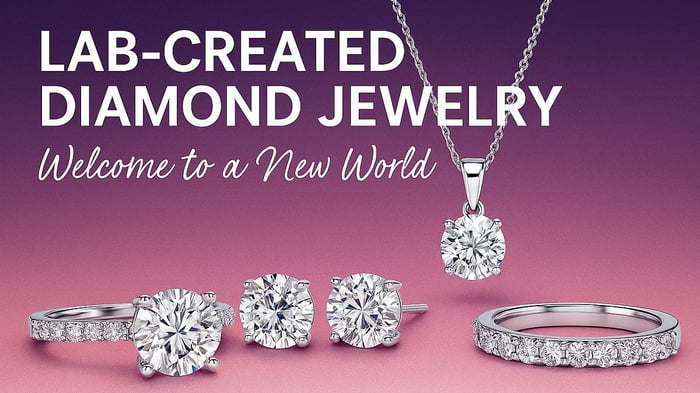Table of Contents
For centuries, diamonds have symbolized wealth, love, and status. But before the mid-20th century, evaluating diamond quality was inconsistent and often subjective. Jewelers relied on local terminology and personal judgment, leaving consumers uncertain and pricing chaotic.
That changed with the creation of the Gemological Institute of America (GIA) in 1931. Founded by Robert M. Shipley, the GIA introduced a scientific and standardized approach to diamond grading — a system that reshaped the global jewelry market. Today, the 4Cs of diamond quality — cut, color, clarity, and carat weight — form the universal language for describing diamonds.
These standards brought transparency and trust to an industry once defined by ambiguity, empowering consumers and enabling jewelers to price stones fairly and consistently.
This article explores how diamond grading evolved from subjective impressions to the standardized, technology-driven system we rely on today — and how new tools and consumer trends are shaping the next era of diamond evaluation.
Key Takeaways About Diamond Quality
The GIA, founded in 1931, introduced standardized grading and developed the 4Cs.
Before the 1940s, diamond grading terms were inconsistent and subjective.
The 4Cs provided a universal language for evaluating diamond quality.
Advanced technology — from microscopes to AI — now enhances precision.
Blockchain and digital tracking are the next frontier for transparency.
Ellie Blue Lab Grown Diamond Solitaire Engagement Ring 1.00ctw in Platinum
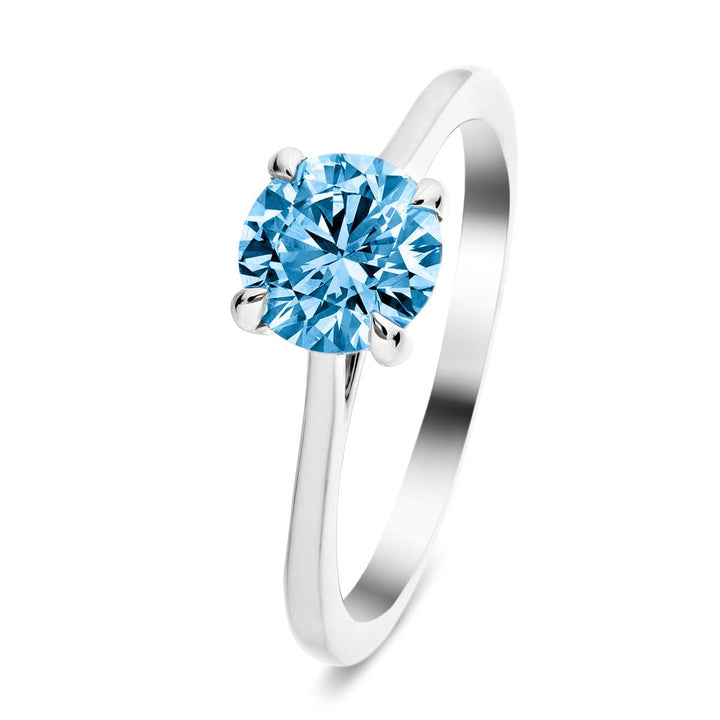
$1,330.00
$3,105.00
The Ellie Blue Lab Diamond Solitaire Engagement Ring is a symphony of elegance and artisanal craftsmanship. At its heart lies a mesmerising 1.00ctw lab-created vivid blue diamond, boasting a VS quality that ensures minimal inclusions and maximum brilliance. This ethically… read more
A Brief History of Diamond Grading
When Robert M. Shipley founded the GIA, his goal was to eliminate confusion in the trade. At the time, jewelers described diamonds using vague terms like “river” or “cape,” and no two merchants agreed on what those meant.
Shipley and his colleagues, including Richard T. Liddicoat, created the 4Cs and introduced grading scales for color (D-to-Z) and clarity (Flawless to Included). GIA graders also pioneered the use of microscopes and laboratory equipment to ensure objectivity.
The impact was transformative. Within a generation, the GIA became the gold standard in diamond grading, referenced by jewelers, appraisers, and auction houses worldwide. Other respected laboratories such as IGI (International Gemological Institute) and AGS (American Gem Society) later adopted similar systems, expanding consumer access to certified stones.
By the early 2000s, certification had become a consumer expectation. Today, more than 90% of diamond jewelry sold in the U.S. above $1,000 includes a grading certificate, according to recent market analyses — a clear sign of how deeply standardized grading has shaped buyer confidence.
The Establishment of the 4Cs
The 4Cs created a shared vocabulary that revolutionized diamond buying.
Carat weight: A measure of size, ranging from small accent stones to gems of 5 carats or more.
Cut: Graded from Excellent to Poor, cut determines how effectively a diamond reflects light — the single biggest factor in sparkle.
Clarity: Ranges from Flawless (no inclusions visible under 10× magnification) to Included (visible flaws).
Color: Graded from D (colorless) to Z (light yellow or brown).
This framework made it possible to compare diamonds globally with consistent criteria, paving the way for fair pricing and transparent communication between sellers and buyers.
Data from 2024 consumer studies show that 82% of U.S. diamond buyers say they “won’t consider” purchasing a diamond without a recognized grading certificate — proof that the 4Cs remain central to consumer decision-making even in an age of digital shopping and lab-grown alternatives.
Lab Grown Diamond 3.00ctw Cluster Ring D/VVS Quality in Platinum
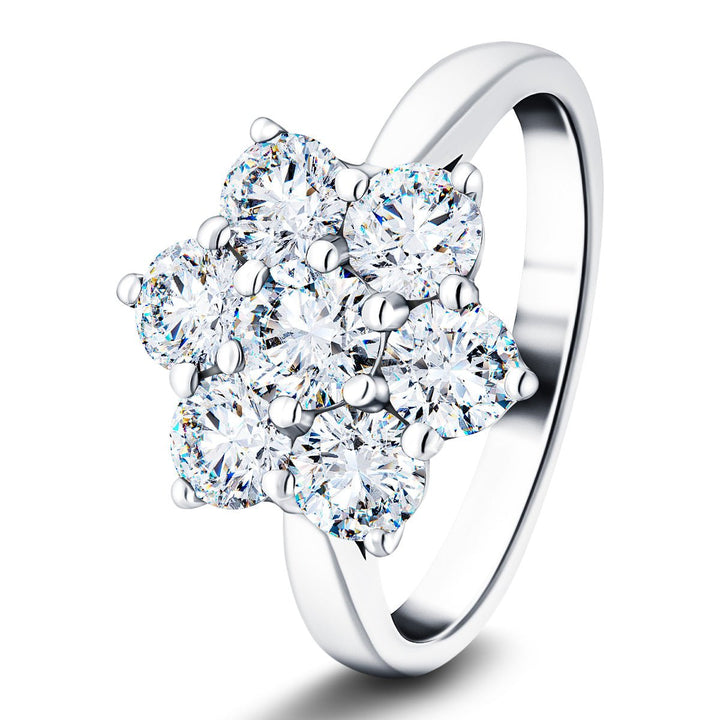
$2,095.00
$5,175.00
Discover the epitome of elegance with the Lab Diamond 3.00ctw Cluster Ring, a striking testament to feminine beauty and sophistication. This exquisite piece features 3.0ctw of real diamonds, each meticulously claw set to showcase their brilliance and D/VVS quality. Crafted… read more
Modern Diamond Evaluation
Diamond grading has evolved far beyond human expertise. Today’s gemologists use advanced tools such as spectrophotometers for color analysis and Sarin or OGI systems for laser-accurate measurements.
In 2025, most major laboratories — including GIA and IGI — have introduced AI-assisted grading systems that improve consistency and minimize human bias. These systems analyze optical symmetry, proportion, and light return patterns with near-microscopic precision.
Technological progress has also expanded consumer access:
High-resolution 3D imaging allows online shoppers to view inclusions before purchase.
Blockchain tracking offers end-to-end transparency, verifying a diamond’s journey from mine (or lab) to market.
Cloud-based grading archives make certificates instantly accessible, improving resale confidence.
While GIA remains the benchmark for natural diamonds, IGI has become the dominant certification body for lab-grown stones, thanks to faster turnaround times and lower certification costs. IGI reports typically cost 10–15% less than GIA equivalents while maintaining comparable grading accuracy. Studies show IGI’s grades match GIA’s within one color grade in 87% of cases — a level of consistency that’s helped boost consumer confidence in the lab-grown sector.
Certification, Value, and Trust
Certification is more than paperwork — it’s a pricing driver.
According to Teach Jewelry data, GIA-certified diamonds command resale premiums of 15–25% compared with uncertified stones. The reason is simple: buyers trust verified grading.
Similarly, as younger generations dominate the engagement-ring market, demand for traceability has surged. A Rapaport 2024 survey found that 73% of millennial and Gen Z buyers rated “transparency of origin” as a key factor when selecting a diamond — a dramatic cultural shift from the status-symbol focus of previous decades.
These expectations are reshaping the market. Jewelers who provide certification and origin verification not only close sales faster but also report higher repeat purchase rates, especially among sustainability-minded customers.
Elsie Pink Lab Grown Round Diamond Halo Engagement Ring 2.50ctw in 18k White Gold
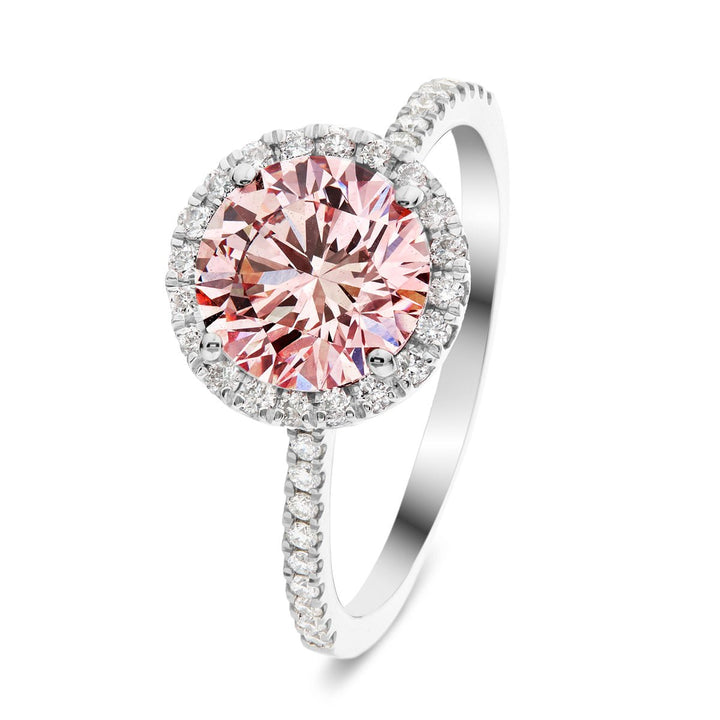
$2,580.00
$6,055.00
The Elsie Pink Lab Diamond Halo Engagement Ring is a stunning blend of color and sparkle, exuding a romantic and luxurious aura. At its heart lies a vivid pink, VS quality, lab-grown round diamond weighing 1.50ctw and renowned for its… read more
FAQs About Diamond Grading
What were the biggest challenges in standardizing grading?
Before the 4Cs, terminology varied widely. Establishing measurable criteria solved the problem of assessing diamond quality and enabled global consistency.
How did the industry respond to the 4Cs?
The system was rapidly adopted, especially as international trade expanded and a universal grading language became essential.
Are there criticisms of the 4Cs?
Some experts argue that the 4Cs don’t fully capture a diamond’s light performance or character. New grading frameworks increasingly consider factors like brilliance mapping and symmetry analysis.
How has technology changed grading?
AI and imaging have made grading faster and more consistent. Consumers can now verify details online, improving transparency and reducing disputes.
Do cultural trends affect grading and pricing?
Yes. Today’s consumers care as much about ethical sourcing and sustainability as they do about traditional beauty metrics. A well-graded, conflict-free, lab-grown diamond often carries stronger appeal than a higher-graded mined one.
Zara Three Stone Bezel Lab Grown Diamond Engagement Ring 0.55ctw D/VVS 14k Yellow Gold
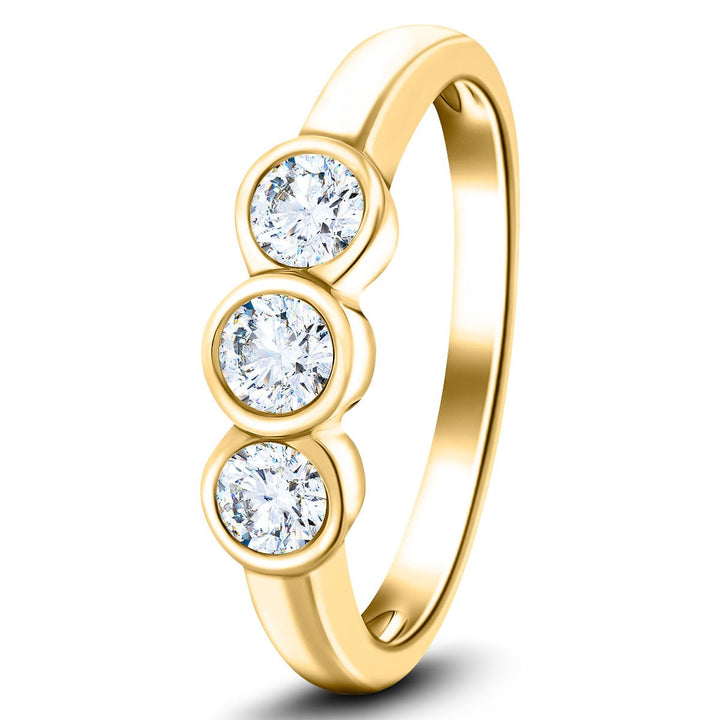
$675.00
$1,375.00
Discover the Zara Three Stone Bezel Lab Diamond Engagement Ring, a masterpiece of modern chic and ethical elegance. This exquisite ring features a total of 0.55ct D/VVS real diamonds, placed in a secure bezel setting that highlights their brilliance and… read more
High Standards in Diamond Quality: That's The After Diamonds Way
The journey from subjective impressions to standardized evaluation transformed diamond buying forever. The GIA’s creation of the 4Cs brought credibility and consistency to a once-opaque trade.
Nearly a century later, the diamond industry is evolving again — embracing artificial intelligence, blockchain, and digital imaging to achieve even greater precision and transparency. Certification is no longer just a symbol of quality; it’s a statement of integrity and sustainability.
At After Diamonds, every piece of lab-grown diamonds is carefully graded giving you confidence in its brilliance, authenticity, and ethical origin.
Explore our collection to see how modern science, timeless craftsmanship, and transparent standards come together to create diamond jewelry you can trust — and treasure — for life.
